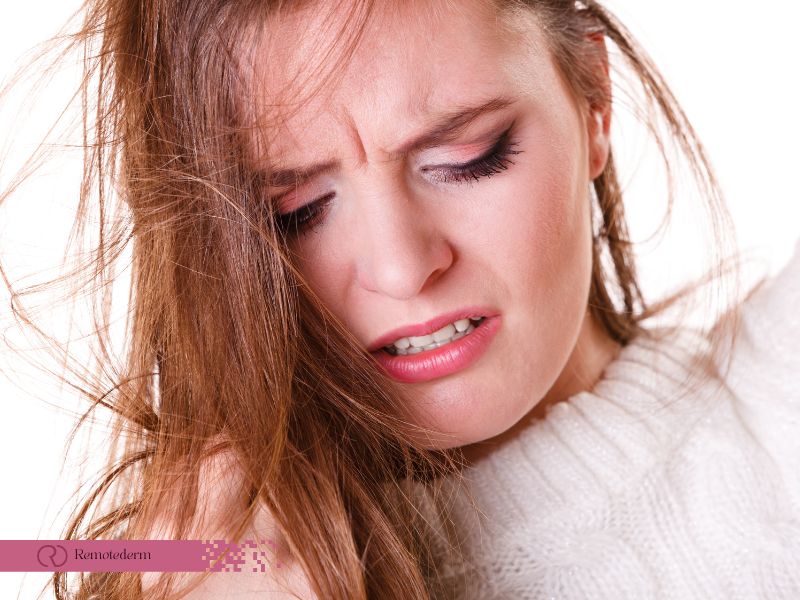Trichotillomania, also known as hair-pulling disorder, is a mental health disorder that affects millions of people worldwide, causing recurrent hair pulling, leading to hair loss and emotional distress. Despite the prevalence of this condition, it is often misunderstood and misdiagnosed. In this article, we will explore the different symptoms, causes, and types of trichotillomania and how to seek appropriate treatment and support. It is important to understand that trichotillomania is a treatable condition, and seeking professional help is the first step towards recovery.
Understanding Trichotillomania
Trichotillomania, also known as hair pulling disorder, is a mental health disorder that involves recurrent hair pulling, leading to hair loss and emotional distress.It is crucial to remember that trichotillomania is a complex disorder that affects millions of people all over the world. Trichotillomania can occur at any age, but it typically begins during childhood or adolescence.
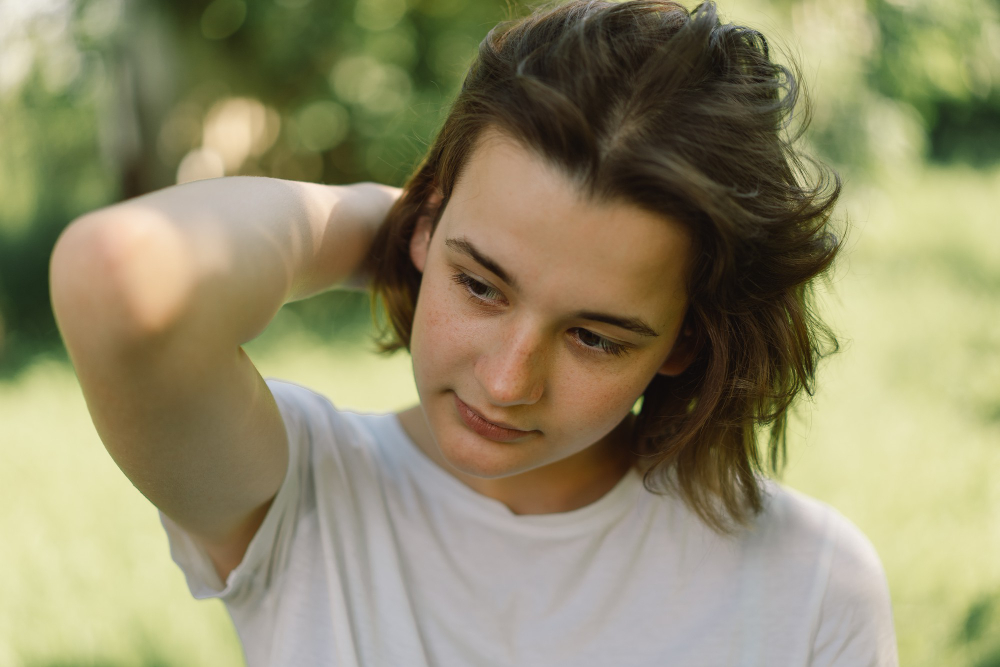
It is crucial to understand that trichotillomania is a treatable condition, and seeking professional help can be a significant step towards recovery. Educating oneself on trichotillomania and its impact on mental health is the first step towards a better understanding of this complex disorder.
Trichotillomania Symptoms
Trichotillomania is a hair pulling disorder that can have a wide range of symptoms. The severity and specific symptoms can differ from person to person, but there are some common signs to watch out for. Here are some of the most frequently reported trichotillomania symptoms:
- Recurrent hair pulling, resulting in hair loss: This is the hallmark symptom of trichotillomania. People with this condition experience an overwhelming urge to pull out their hair, resulting in noticeable hair loss over time.
- An increasing sense of tension or anxiety before hair pulling: Before the hair pulling episode, individuals with trichotillomania often experience an increasing sense of tension or anxiety, which is usually relieved by the act of pulling.
- A sense of relief or pleasure after hair pulling: After pulling out hair, individuals with trichotillomania often feel a sense of relief or pleasure. This feeling can reinforce the behavior and make it more difficult to stop.
- Hair pulling that leads to noticeable hair loss, bald spots, or patches of thinning hair: As a result of recurrent hair pulling, individuals with trichotillomania may experience noticeable hair loss, bald spots, or patches of thinning hair. This can be particularly distressing and can contribute to feelings of shame and embarrassment.
- Hair pulling that occurs in specific patterns or locations on the body: People with trichotillomania often have specific patterns or locations on their body where they pull out hair. This can include the scalp, eyebrows, eyelashes, beard, or pubic area.
- Biting, chewing, or eating hair after pulling it out: Some people with trichotillomania engage in additional behaviors after pulling out hair, such as biting, chewing, or eating the hair. This can lead to serious health problems if large amounts of hair are ingested.
- Avoiding social situations, such as work or school, due to hair loss or embarrassment: Hair loss and bald spots can be very distressing for people with trichotillomania, and they may go to great lengths to avoid social situations where their hair loss is noticeable. This can lead to isolation and social withdrawal, which can further exacerbate the condition.
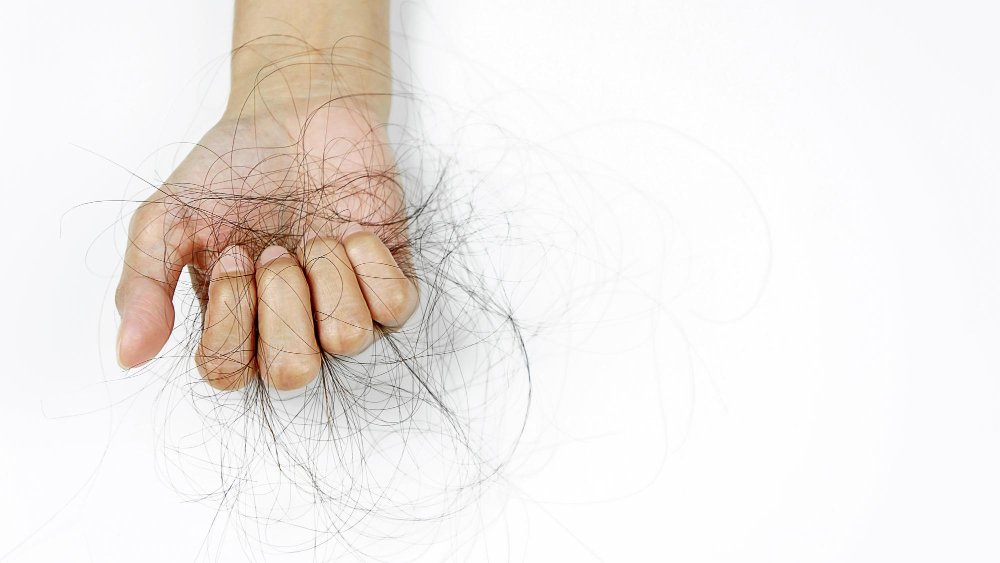
Discover the secrets to combatting hair loss and achieving healthy, luscious locks in our latest blog post! Click to read more.
Trichotillomania Causes
The exact cause of trichotillomania is unknown, but several factors may contribute to its development, including:
- Genetics: Trichotillomania may run in families, suggesting a genetic component to the disorder.
- Neurological Factors: Some studies suggest that abnormalities in certain areas of the brain may be associated with trichotillomania.
- Brain Chemistry: Imbalances in certain brain chemicals, such as serotonin and dopamine, may contribute to the development of trichotillomania.
- Environment: Trauma, stress, or significant life changes, such as the death of a loved one or divorce, can trigger the onset of trichotillomania.
- Coping Mechanisms: Some people may use hair pulling as a way to cope with anxiety, stress, or other emotions.
- Sensory Factors: Some individuals with trichotillomania report that they are triggered by certain sensations, such as rough or uneven hair textures, that make them more likely to engage in hair pulling.

Noting that trichotillomania is not a form of self-harm or a deliberate attempt to cause pain is extremely important. Rather, it is a complex disorder that can significantly impact an individual’s quality of life. Understanding the symptoms and causes of trichotillomania is the first step in seeking appropriate treatment and support.
Diagnosing Trichotillomania
Trichotillomania is a challenging condition to diagnose because of its unique symptoms and the difficulty in differentiating it from other disorders. However, with the help of mental health professionals, an accurate diagnosis can be made. In this section, we will discuss the different types of trichotillomania and the assessment process.
Types of Trichotillomania
There are two main types of trichotillomania: focused and automatic.
- Focused trichotillomania: In this type, an individual is aware of their hair pulling behavior and can usually control when and where they pull their hair.
- Automatic trichotillomania: In this type, the individual may not be aware that they are pulling their hair and often does it unconsciously, such as while watching television or reading.
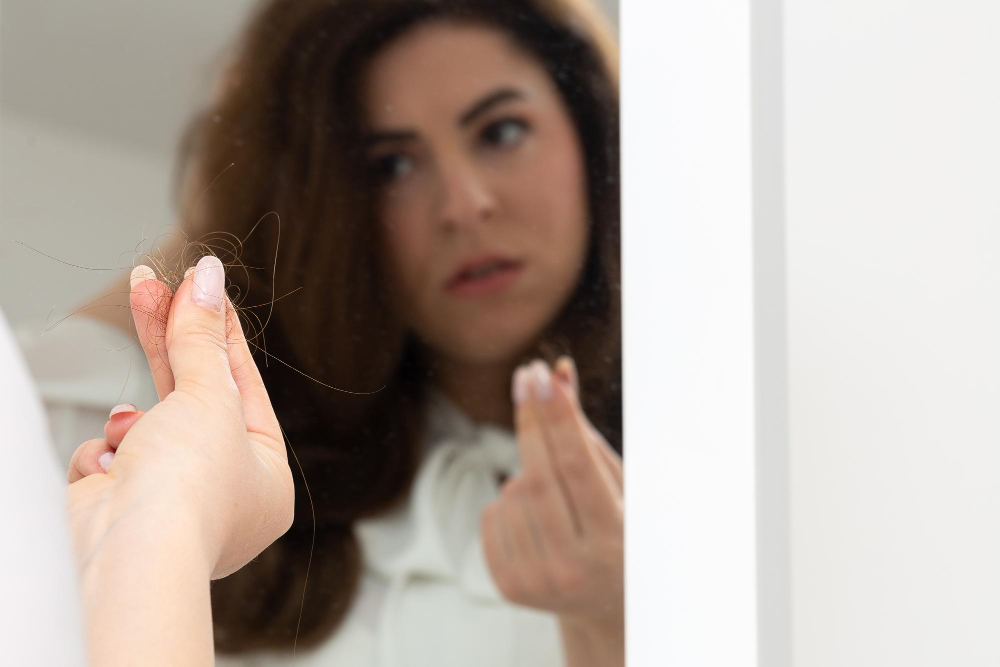
Trichotillomania Assessment
A thorough assessment is necessary to diagnose trichotillomania accurately. A qualified mental health professional, such as a psychiatrist or psychologist, will usually conduct a comprehensive evaluation to determine whether an individual has trichotillomania. Here are some common steps in the assessment process:
- Interview: The mental health professional will conduct an interview to gather information about the individual’s symptoms and medical history.
- Physical exam: A physical examination may be conducted to rule out any underlying medical conditions that may be causing the hair loss.
- Psychological evaluation: A psychological evaluation will be conducted to assess the individual’s mental health and determine whether there are any underlying conditions, such as anxiety or depression, that may be contributing to the hair pulling behavior.
- Diagnostic criteria: The mental health professional will use the Diagnostic and Statistical Manual of Mental Disorders (DSM-5) to diagnose trichotillomania based on specific criteria.

Once a diagnosis has been made, the mental health professional will discuss treatment options with the individual.
- Psychotherapy: Psychotherapy, such as cognitive-behavioral therapy (CBT), has been shown to be an effective trichotillomania treatment by addressing the underlying psychological causes of the disorder.
- Medications: Certain medications, such as antidepressants and antipsychotics, may be prescribed to manage trichotillomania symptoms.
- Alternative treatments: Alternative treatments, such as acupuncture and hypnosis, have shown promising results in some individuals as a trichotillomania cure.
- Support groups: Support groups can provide individuals with trichotillomania with a supportive community and a safe space to share their experiences and coping strategies.
Trichotillomania Treatment
Trichotillomania, also known as hair pulling disorder, is a challenging condition that can lead to significant emotional distress and affect a person’s quality of life. Fortunately, several treatment options are available that can help manage trichotillomania symptoms and provide relief. In this section, we will discuss the three primary treatment options for trichotillomania.
Behavioral Therapy for Trichotillomania
Behavioral therapy is a commonly used approach to treating trichotillomania. This type of therapy aims to help individuals modify their behavior by identifying and addressing the underlying emotional and psychological triggers that lead to hair pulling. Some of the behavioral therapy techniques that may be used to treat trichotillomania include:
- Habit reversal training: This therapy helps individuals become more aware of their hair pulling behavior and learn how to replace it with a more positive behavior, such as clenching their fists or crossing their arms.
- Cognitive-behavioral therapy (CBT): This approach helps individuals identify and challenge negative thoughts and beliefs that may be contributing to their hair pulling behavior. Through CBT, individuals can learn new coping strategies and techniques for managing their trichotillomania symptoms.

Medications for Trichotillomania
In some cases, medication may be prescribed to help manage trichotillomania symptoms. These medications are typically used in combination with behavioral therapy and may include:
- Selective serotonin reuptake inhibitors (SSRIs): These medications can help regulate the levels of serotonin in the brain, which may be imbalanced in individuals with trichotillomania.
- Antipsychotic medications: These medications may be prescribed in some cases to help manage symptoms of anxiety or depression that may be contributing to hair pulling behavior.

Alternative Treatments for Trichotillomania
In addition to behavioral therapy and medication, several alternative treatments may also be beneficial for managing trichotillomania symptoms. These may include:
- Mindfulness practices: Mindfulness meditation and other mindfulness-based practices can help individuals become more aware of their hair pulling behavior and learn to manage their impulses more effectively.
- Acupuncture: This practice involves the insertion of fine needles into specific points on the body to help alleviate stress and anxiety, which may be contributing to trichotillomania symptoms.
- Nutritional supplements: Some individuals with trichotillomania may benefit from taking supplements such as N-acetylcysteine (NAC), which has been shown to reduce hair pulling behavior in some studies.
It’s important to note that there is no single “cure” for trichotillomania, and treatment must be individualized to meet the needs of each person. With the help of a qualified mental health professional, however, individuals with trichotillomania can learn to manage their symptoms effectively and improve their quality of life.
Managing Trichotillomania Symptoms
Trichotillomania, also known as hair pulling disorder, can have a significant impact on an individual’s life, causing embarrassment, shame, and social isolation. While there is no cure for trichotillomania, there are various ways to manage its symptoms. In this section, we’ll discuss coping strategies and support groups that can help individuals with trichotillomania lead a more fulfilling life.
Coping Strategies for Trichotillomania
There are several coping strategies that individuals with trichotillomania can use to manage their symptoms:
- Identify Triggers: Identifying the situations, emotions, or stressors that trigger hair pulling can help individuals develop a plan to avoid or manage those triggers.
- Substitute Behaviors: Engaging in alternative behaviors, such as squeezing a stress ball or playing with a fidget toy, can help redirect the urge to pull hair.
- Mindfulness and Relaxation Techniques: Practicing mindfulness meditation or relaxation techniques, such as deep breathing or yoga, can help reduce stress and anxiety levels, which may in turn reduce the urge to pull hair.
- Self-Care: Practicing good self-care, such as getting enough sleep, eating a healthy diet, and exercising regularly, can help improve overall well-being and reduce stress levels.
- Seek Professional Help: Working with a mental health professional, such as a therapist or counselor, can help individuals develop coping strategies tailored to their specific needs and circumstances.
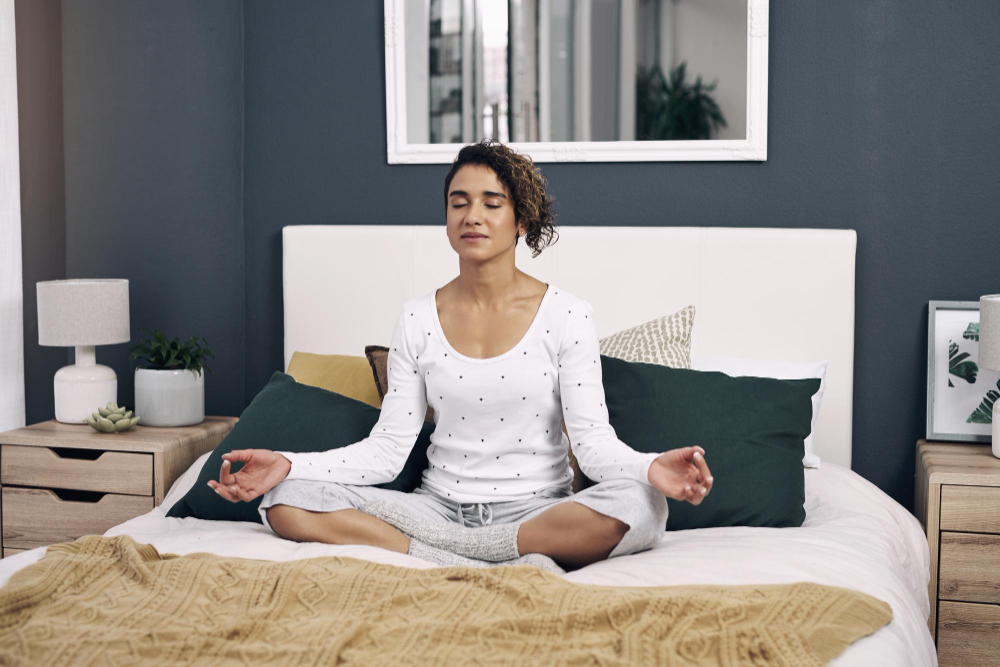
Trichotillomania Support Groups
Trichotillomania support groups can provide individuals with a safe and supportive environment to share their experiences, learn coping strategies, and receive emotional support from others who understand what they are going through. A few benefits of joining a support group are as follows:
- Understanding: Support groups offer a chance to connect with others who have similar experiences, which can help reduce feelings of isolation and provide a sense of understanding.
- Coping Strategies: Support groups can offer practical coping strategies and advice based on the experiences of other members.
- Emotional Support: Support groups can provide a space to express emotions, receive encouragement, and feel supported during difficult times.
- Accountability: Joining a support group can provide accountability and motivation to continue working on managing trichotillomania symptoms.
Conclusion
To sum up, trichotillomania is a mental health condition that can have a serious negative effect on a person’s quality of life. Understanding the symptoms, causes, and types of trichotillomania is the first step in seeking appropriate treatment and support. Seeking professional help is crucial in overcoming this condition, and education on trichotillomania and its impact on mental health is vital in the recovery process. For those seeking professional help, Remotederm online dermatology consultation services offer convenient access to dermatologists from anywhere, eliminating the need for long waits to visit a dermatologist in person. With proper diagnosis and treatment, individuals with trichotillomania can overcome their symptoms and live a fulfilling life.

FAQs
- Can medication help with trichotillomania?
Some medications, such as selective serotonin reuptake inhibitors (SSRIs), may be helpful in reducing the symptoms of trichotillomania. However, medication is not always necessary and should be used in conjunction with therapy.
- What is the prognosis for trichotillomania?
The prognosis for trichotillomania varies depending on the severity of the condition and the individual’s response to treatment. With appropriate treatment and support, many people with trichotillomania are able to manage their symptoms and lead fulfilling lives.
- Can children have trichotillomania?
Yes, trichotillomania can occur at any age, including childhood and adolescence. It is important to seek appropriate treatment for children with trichotillomania to prevent the condition from becoming chronic.
- Is trichotillomania a form of self-harm?
No, trichotillomania is not a form of self-harm or a deliberate attempt to cause pain. Rather, it is a complex disorder that can significantly impact an individual’s quality of life.
- Can trichotillomania cause permanent hair loss?
If left untreated, trichotillomania can cause permanent hair loss and scarring. It is important to seek treatment as soon as possible to prevent this from occurring.
- Can trichotillomania be prevented?
There is no known way to prevent trichotillomania, but early intervention and appropriate treatment can help prevent the condition from becoming chronic and causing long-term damage. It is important to seek help as soon as possible if you or a loved one is experiencing symptoms of trichotillomania
